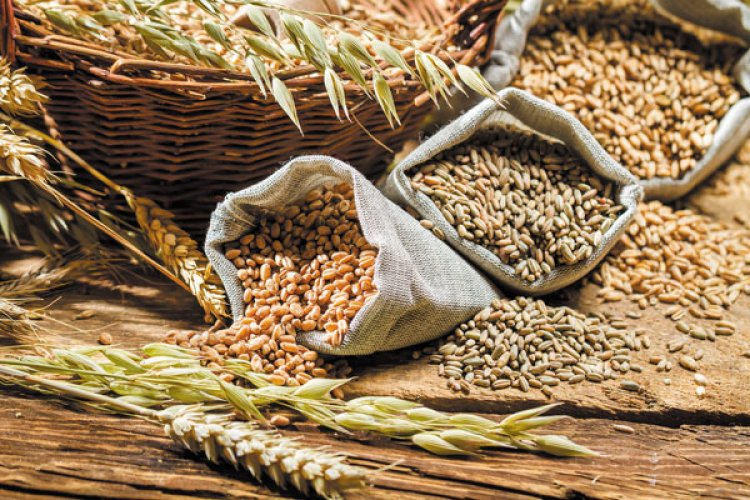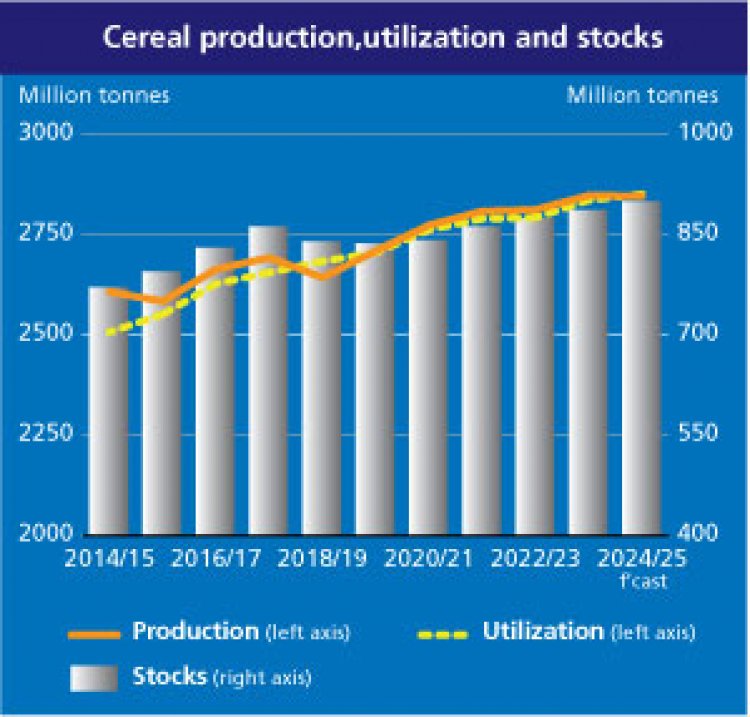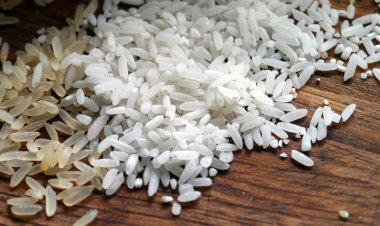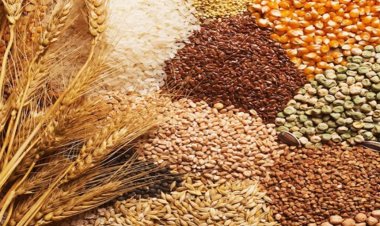FAO Forecasts Decline in Global Maize and Wheat Outputs in 2024-25 season, Production of Rice to Increase
Among the major cereals, global maize and wheat outputs are forecast to decline. The recent adverse weather conditions in the Black Sea region will likely result in a downgrade in world wheat production. By contrast, outputs of barley, rice and sorghum are all predicted to increase.

The Food and Agriculture Organization of the United Nations (FAO) has released its first forecast for the 2024/25 season, which points to an overall comfortable global cereal supply and demand situation. Current prospects for world cereal production indicate an output of 2846 million tonnes (including rice in milled equivalent), virtually on par with the record outturn in 2023/24. Among the major cereals, global maize and wheat outputs are forecast to decline. The recent adverse weather conditions in the Black Sea region will likely result in a downgrade in world wheat production. By contrast, outputs of barley, rice and sorghum are all predicted to increase.
World cereal total utilization in 2024/25 is expected to increase by 0.5 percent to a new record high of 2 851 million tonnes. Global use of cereals for food consumption is predicted to expand the most, up 1.1 percent from 2023/24. This increase is foreseen to be led by rice (up 1.4 percent), followed by coarse grains (up 1.2 percent) and wheat (up 0.8 percent). Global feed utilization of cereals is also forecast to increase, up 0.4 percent, driven by strong demand for coarse grains (especially maize and sorghum) for animal feed, while feed uses of wheat and rice are both forecast to contract.

World cereal stocks will likely increase by 1.5 percent (13.2 million tonnes) above their opening levels to a record 897 million tonnes, reflecting expectations of higher inventories of coarse grains (with increases for maize, barley and sorghum) and rice. By contrast, wheat stocks could decline to their lowest level since 2021/22. With utilization also forecast to rise in 2024/25, the global cereal stock-to-use ratio will likely remain close to its 2023/24 level, around 30.9 percent.
Forecast at 481 million tonnes, world trade in cereals is predicted to decline by 1.3 percent from the 2023/24 level to 481 million tonnes in 2024/25. Lower trade prospects for maize underlie most of this anticipated decline, with smaller decreases in wheat and barley trade also contributing to the contraction. By contrast, international rice trade is forecast to grow robustly.
Record Cereal Production in 2023
FAO estimates the 2023 global cereal production at 2 847 million tonnes, a new record high and up 1.2 percent from the 2022 outturn. The larger output primarily stems from a steep increase in world maize production, which more than compensates for declines in global sorghum and wheat outputs. Pegged at 2 836 million tonnes, cereal utilization in 2023/24 is also estimated above its 2022/23 level, by 1.6 percent. The growth is mostly attributed to higher utilization of coarse grains and wheat, especially for feed use, driven by ample supplies and lower prices than the previous season, while rice utilization declined fractionally. Cereal stocks at the end of seasons in 2024 are estimated at 884 million tonnes, 1.4 percent above their opening levels, reflecting stock build-ups of coarse grains and rice outweighing a drawdown in global wheat inventories. FAO’s estimate of international trade in cereals in 2023/24 stands at 487 million tonnes, representing a 1.7 percent increase above the 2022/23 level underpinned by a rise in trade of coarse grains. By contrast, traded volumes of wheat and rice are both seen falling below their respective 2022/23 levels.



 Join the RuralVoice whatsapp group
Join the RuralVoice whatsapp group







































